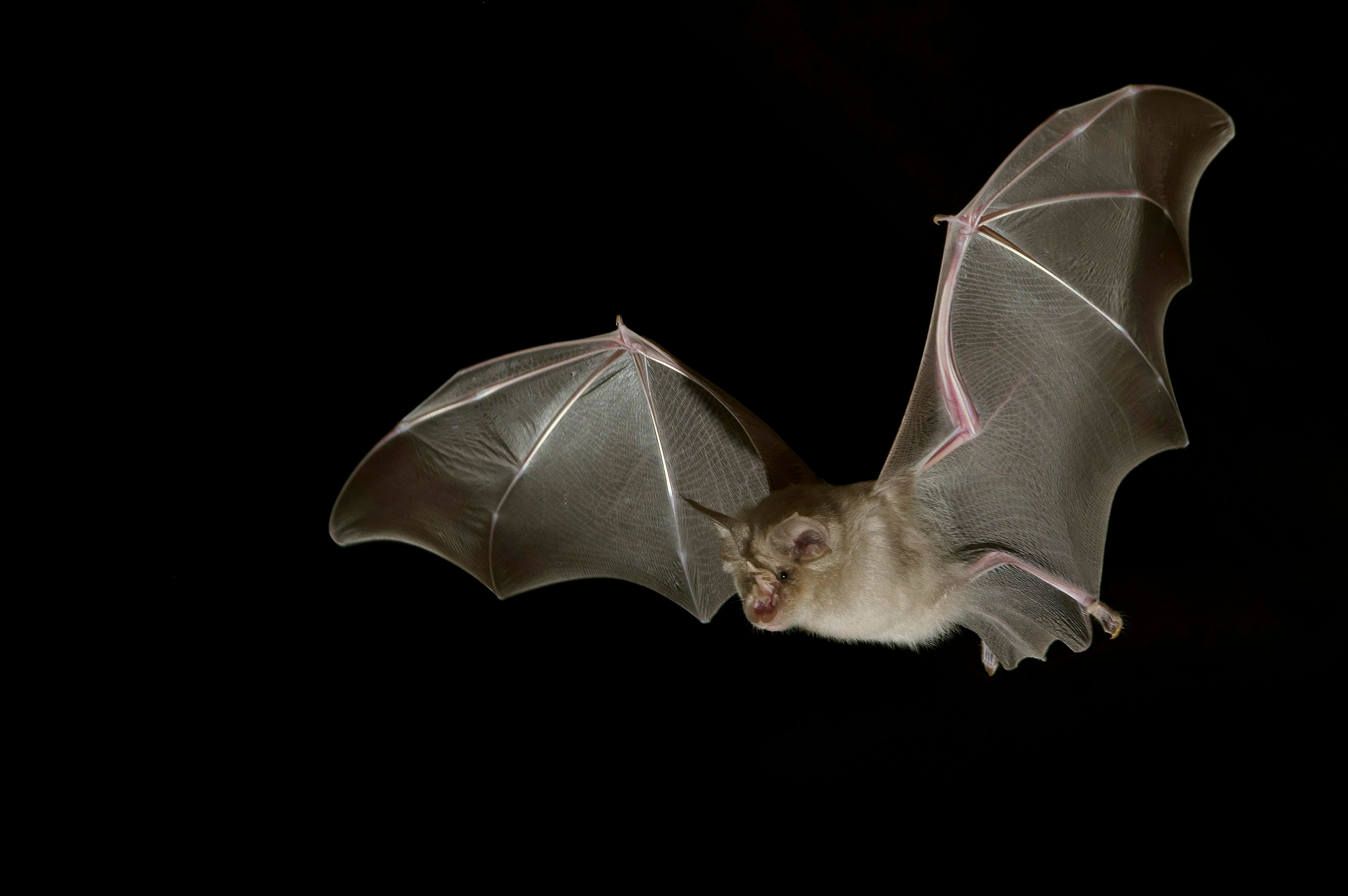Steroid estrogens play an important role as embryos develop a sense of smell, new research shows.
The study, which examined zebrafish embryos, discovered a type of astrocyte glial cell that is new to science, and have been named estrogen responsive olfactory bulb (EROB) cells.
Estrogens are known for their roles as signaling hormones in the development of sex, but the study shows that prior to sexual differentiation (when the sex of an individual becomes fixed), a small group of cells in the region of the brain where the sense of smell develops, the olfactory bulb, are responsive to estrogen.
The research, led by Dr. Aya Takesono of the University of Exeter, employed a genetically engineered (transgenic) zebrafish, developed in the laboratories of Professor Tyler and Dr. Kudoh at Exeter, that enables cells and tissues responding to estrogen to be seen via microscopy imaging for this work.
Using this transgenic zebrafish, together with chemical and genetic methods to manipulate these estrogen responding cells, has revealed a new function of estrogens during embryonic brain development.
Dr. Takesono said: “Previous studies in mice have shown that estrogen is important for development of the somatosensory cortex of the brain and for establishing sexual dimorphic brain tissues that mediate reproductive functions and behavior in later life.
“In this study, however, we show that the olfactory bulb is the one of earliest parts of the developing brain that is responsive to estrogens in the zebrafish embryo.
“We further show that our newly discovered EROB cells mediate the estrogen driven instruction for development of olfactory sensory system in the embryonic brain.”
Tracing the development of these EROBs using various cellular and imaging methods showed they interact with olfactory sensory neurons and their loss—or disturbance of their interactions with the surrounding neurons—disrupts establishing inhibitory neural connections in the olfactory glomeruli.
Using another transgenic zebrafish, this time one that detects both neural activity (via the detection of calcium produced when nerve cells fire) and estrogen responses, the study shows that estrogen signaling alters neuronal activity in the olfactory bulb through these newly identified EROBs which in turn affects odorant-response behavior.
This study provides evidence that estrogens act on EROB glia to regulate olfactory circuits with important consequences for the sense of smell in later life.
Professor Tyler, senior author in the work, said: “This work identifying new embryonic brain cells involved in the development of the sense of smell in fish opens up a major new research area for us.
“Surface waters receive many man-made chemicals that mimic estrogens and an intriguing question we wish to now address is whether these chemicals affect the function of the EROB glia in embryogenesis and thus alter the sense of smell, as this could have major fitness consequences for fish.”
The study, published in the journal Development, is entitled: “Estrogens regulate early embryonic development of the olfactory sensory system via estrogen-responsive glia.”
More information:
Aya Takesono et al, Estrogens regulate early embryonic development of the olfactory sensory system via estrogen-responsive glia, Development (2022). DOI: 10.1242/dev.199860
Citation:
Fish study shows role of estrogens in sense of smell (2022, January 19)
retrieved 1 February 2022
from https://phys.org/news/2022-01-fish-role-estrogens.html
This document is subject to copyright. Apart from any fair dealing for the purpose of private study or research, no
part may be reproduced without the written permission. The content is provided for information purposes only.
Note: This article have been indexed to our site. We do not claim legitimacy, ownership or copyright of any of the content above. To see the article at original source Click Here













